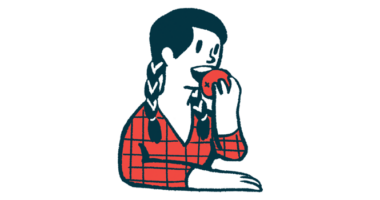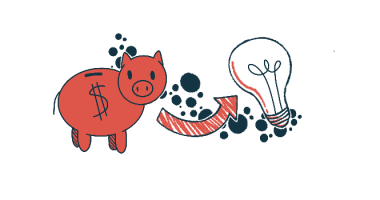Hunger-regulating Hormone Levels Found to Be Abnormal in PWS

Levels of several hunger-regulating hormones are dysregulated in people with Prader-Willi syndrome (PWS), which likely contributes to the excessive hunger that characterizes the condition, a study suggests.
Clustering patients based on these hormone levels could help to detect PWS and identify targets for therapies, researchers say.
The study, “Hunger and Satiety Peptides: Is There a Pattern to Classify Patients with Prader-Willi Syndrome?,” was published in the Journal of Clinical Medicine.
One of the hallmark symptoms of PWS is hyperphagia — excessive hunger associated with binge eating and stealing food. Although this symptom is well-documented, the biological processes that cause it remain poorly understood.
Hormones are signaling molecules that different parts of the body use to communicate with each other. A number of hormones are known to be involved in regulating hunger. For example, levels of a hormone called ghrelin are normally increased when the body needs food — helping to instigate the sensation of hunger in the brain — and then decrease after eating.
In the study, scientists in Spain analyzed levels of ghrelin and numerous other hunger-related hormones in 30 adults with PWS, as well as adults who did not have PWS — 30 of whom were obese and 30 were not obese. Samples were taken in a fasting state, and then at regular intervals for two hours after participants had ingested a high-calorie drink.
Results showed a marked difference between the PWS and non-PWS groups under fasting conditions. For example, PWS patients tended to have higher levels of active ghrelin, as well as significantly higher levels of the appetite-regulating hormones leptin, glucagon-like peptide 1, and peptide YY.
Differences also were seen immediately after eating. For example, while ghrelin levels decreased after eating in all three groups, levels of this hormone remained significantly higher in PWS patients than in controls.
The team then conducted cluster analyses — basically, this involved inputting data on hormone levels into a computer, and having the computer sort patients into similar groups based on hormone status.
When this analysis was done using fasting hormone levels, nearly all (23 of 27) of the PWS patients were sorted into a group separate from those who did not have PWS. However, when sorting considered hormone levels after eating, 16 of 26 PWS patients were lumped in with the majority of other participants who didn’t have the condition.
Specifically, the participants in cluster 2 (mainly patients with PWS) had higher body mass index (a measure of body fat), waist circumference, and percentage of body fat relative to those in the other cluster (1). Those in cluster 2 also had higher fasting levels of glucagon-like peptide 1, leptin, peptide YY, and active ghrelin.
“In the present study, clusters were grouped considering three times, fasting, postprandial [after eating] and all peptides over the time. The main finding of this study is that fasting peptides classify better patients with PWS than postprandial peptides,” the researchers wrote.
“Thus, cluster analysis could be a good tool to distinguish and characterize the differences in hormone responses between PWS and obese or healthy controls,” the team concluded. “The use of clusters may be of help to elucidate which peptides should be targeted for future drug development.”








